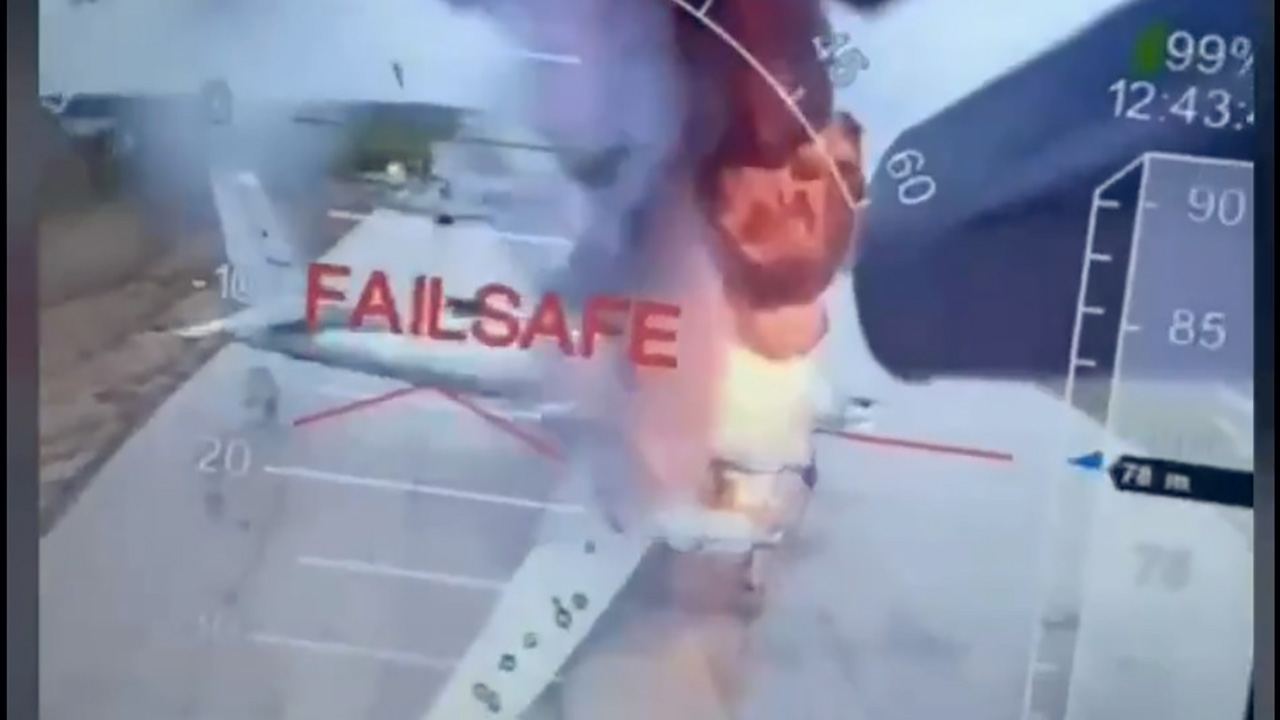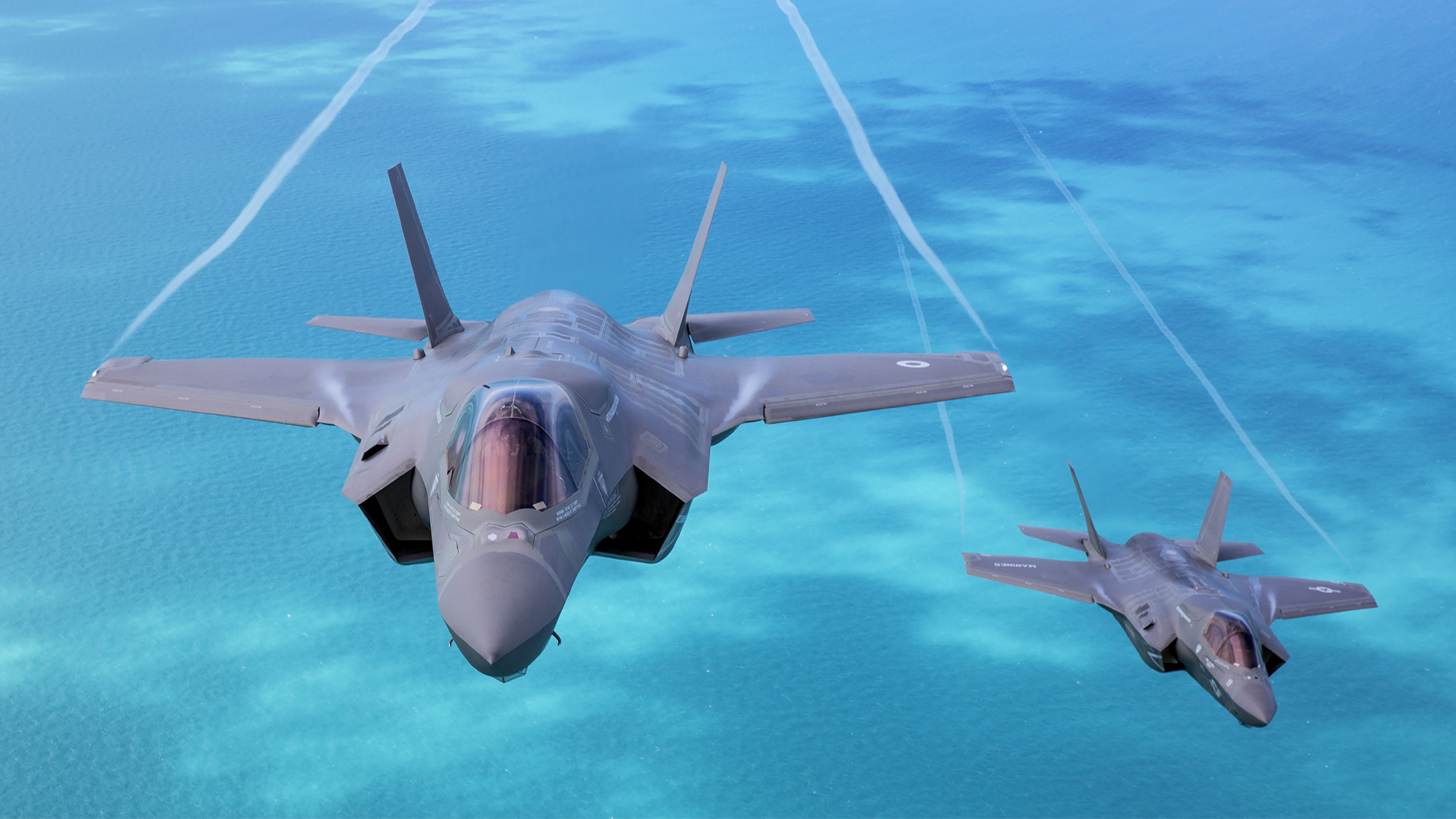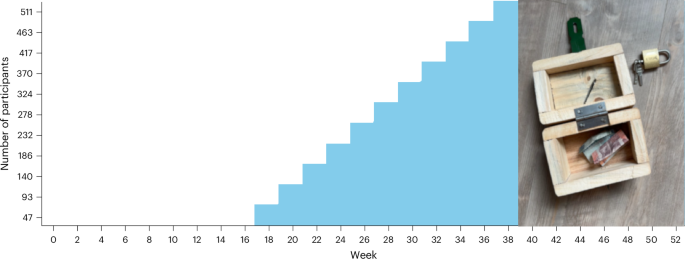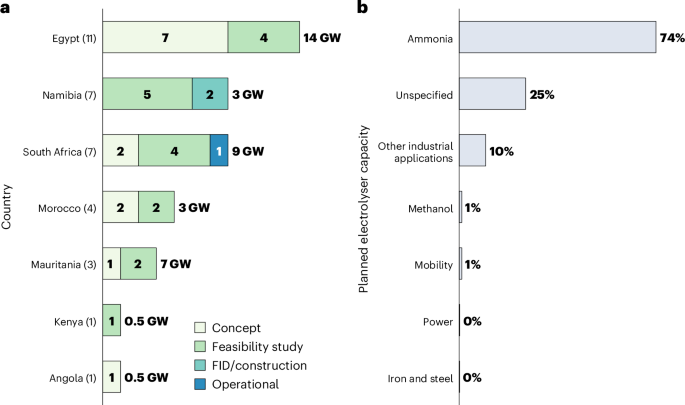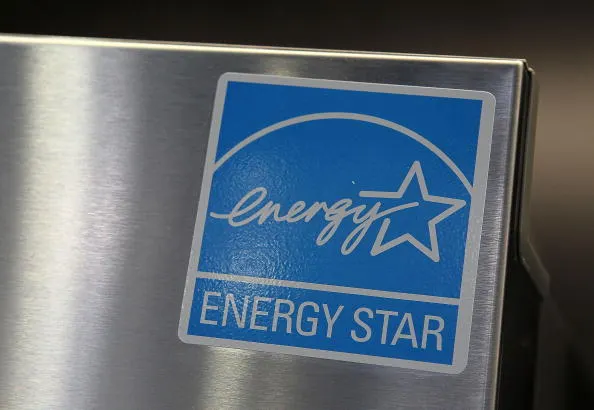More AUKUS subs, drones and munitions: UK strategic review aims for ‘warfighting readiness’
The review reportedly outlines a new way forward for British Army warfighting based around a drone-centric 20-40-40 strategy where uncrewed systems are deployed for first wave attacks before tanks, attack helicopters and other crewed platforms arrive on the battlefield.


Royal Navy modernisation is a central part of the UK’s newly released Strategic Defence Review (SDR) which sets out a plan to order “up to” 12 attack submarines aligned to the trilateral AUKUS program (UK MoD)
BELFAST — The UK is set to release an ambitious defense review today, reorienting its armed forces toward “warfighting readiness” to deter Russian aggression.
Although filled with dozens of recommendations, the Strategic Defense Review (SDR) is headlined by plans to acquire “up to” a dozen nuclear-powered attack submarines (SSN) under the trilateral AUKUS program, new investments in AI, long range weapons, cyber capabilities and a major warfighting concept inspired by lessons learned from the Ukraine war.
“We are moving to warfighting readiness, as the central purpose of our armed forces. When we are being directly threatened by states with advanced military forces the most effective way to deter them is to be ready,” Prime Minister Keir Starmer said earlier today at BAE Systems Govan shipyard in Scotland and ahead of the formal launch of the strategic document.
Perhaps the biggest move to be announced in the review is the UK’s commitment to acquire 12 AUKUS submarines for the Royal Navy, meant to replace seven Astute-class attack platforms. (Australia has said it intends to take on eight AUKUS subs, meaning the future fleet will consist of at least 20 boats.)
In a Sunday statement, the UK MoD did not share any costs associated with acquiring the 12 submarines, but said they are due to be in service “from the late 2030s,” while also disclosing a £15 billion ($20.3 billion) investment in “sovereign” nuclear warheads.
“Both the UK’s sovereign warhead programme and the UK’s conventionally-armed submarine fleet will make Britain and NATO safe for decades to come,” the MoD added. The UK’s Continuous At Sea Deterrent (CASD) is provided by Royal Navy Vanguard-class nuclear-powered ballistic missile submarines (SSBNs), with a program underway to develop the future Dreadnought-class.
The review is also set to recommend expanding the UK’s contribution to NATO’s nuclear deterrence umbrella, shared by allies. Though it does not set out any specific potential solutions, talks between the UK and the Pentagon over orders of F-35A fifth-generation fighter jets and B61-12 tactical nuclear bombs are said to have been opened, according to the UK Sunday Times newspaper. Should such deals be finalized, the UK would operate a second nuclear delivery platform, behind its CASD.
An expansion of the Royal Navy surface fleet is also due to be floated by the review, with a recommendation to increase frigates and destroyers from 14 to 25 ships.
The strategic document is expected to include a new underwater surveillance programme, dubbed Atlantic Bastion, due to be overseen by the service as a means to prevent Russian sabotage of subsea internet cables. An additional commitment to defensive shields to protect against enemy ballistic missile attacks is also set to be included, alongside a recommendation regarding the formation of a civilian home guard to safeguard national infrastructure.
Elsewhere, the SDR will reportedly outline a new way forward for British Army warfighting based around a drone-centric 20-40-40 strategy where uncrewed systems are deployed for first wave attacks, before tanks, attack helicopters and other crewed platforms arrive on the battlefield.
At a granular level, the figures see 20 percent of capability devoted to heavy weapon systems like Challenger 3 main battle tanks, 40 percent reserved for “single use” munitions such as one way attack drones or artillery shells and the other 40 percent aligned to larger tactical and strike capable drones, which include US-made MQ-9 aircraft.
The long-awaited review was originally commissioned by UK Prime Minister Kier Starmer in July 2024 and backed by a pledge to deliver a “new era” of defense, based around a “clear-eyed” approach to international threats, reforming “hallowed out” armed forces and a vow to end wasteful procurements.
Ahead of publication, the UK signaled that Russia’s invasion of Ukraine, conflict in the Middle East and rising “global threats” formed a concerning strategic picture, from which the review would address and determine future capability requirements, while also committing to a “NATO-first” mindset. It also comes amid vocal calls from Washington that Europe do much more for its own defense, rather than rely on American might.
One thing the review does not do is raise UK defense spending above an already announced plan to hit 2.5 percent of GDP by 2027 and 3 percent by 2034. That jump would still fall short of an expected NATO effort to secure an agreement from all allies to spend up to 5 percent GDP, with 3.5 percent GDP on “core” capabilities and a further 1.5 percent on security related investments like infrastructure and cyber security.
A meeting of NATO defense ministers later this week could lead to an agreement on the two-tier spending plan.
7,000 Long Range Weapons, Munitions To Match
The SDR is expected to include other pre-publication announcements made by the UK MoD, including plans to spend £1.5 billion ($2 billion) on 7,000 long range weapons and “at least” six new munitions and energetics factories. The move fits in with supporting recommendations to establish an “always on pipeline” for munitions manufacturing and increase weapons stockpiles.
The new uptick in spending increases total expenditure on munitions to £6 billion over “this Parliament,” or approximately through 2028. Details about the additional long-range weapons and future production facilitates, ranging from specific weapons to be produced, timeline for the sites to start operations and industry partners were not shared.
John Healey, UK defence secretary, made the announcement on Sunday at a UK facility belonging to European missile house MBDA. The manufacturer is the UK’s “preferred supplier of complex weapons,” like Storm Shadow, long range, air launched, cruise missiles, but a company spokesperson deferred questions on specifics relating to the munitions announcement to the government.
“MBDA was proud to host a visit from the UK Secretary Of State for Defence as he announced investment in munitions and long-range weapons,” said a MBDA spokesperson. “The company stands ready to support the UK MOD and recently announced its investment in its site in Bolton, increasing production and creating new jobs.”
Despite the lack of detail surrounding the munitions commitments, they could ease analyst concern over UK readiness. “The UK must increase its production and procurement of munitions and complex guided weapons, not only to ensure it can fight a peer war and win, but also to give its deterrence posture credibility,” said a 2022 RUSI report.
In a separate move before release of the SDR, the UK also said it is investing £1 billion for a “Digital Targeting Web” capable of speeding up decision times for tracking and prosecuting targets, alongside a plan to stand up a Cyber and Electronic Command, which will be added to UK Strategic Command.
“This pioneering digital capability [Digital Targeting Web] will give the UK a decisive advantage through greater integration across domains, new AI and software, and better communication between our Armed Forces,” added the MoD in a statement, explaining that the Cyber and Electronic Command “will lead defensive cyber operations and coordinate offensive cyber capabilities with the National Cyber Force.” A timeline for the introduction of the future command was not shared. “UK military networks” have faced more than 90,000 “sub-threshold” attacks over the last two years, according to the MoD.






















































































![[Video] The Weekly Break Out Ep. 20: Pacific policy in Singapore and the UK’s new defense plan](https://breakingdefense.com/wp-content/uploads/sites/3/2025/06/Break-Out-ep-20-thumb-Play-Button.jpg?#)












